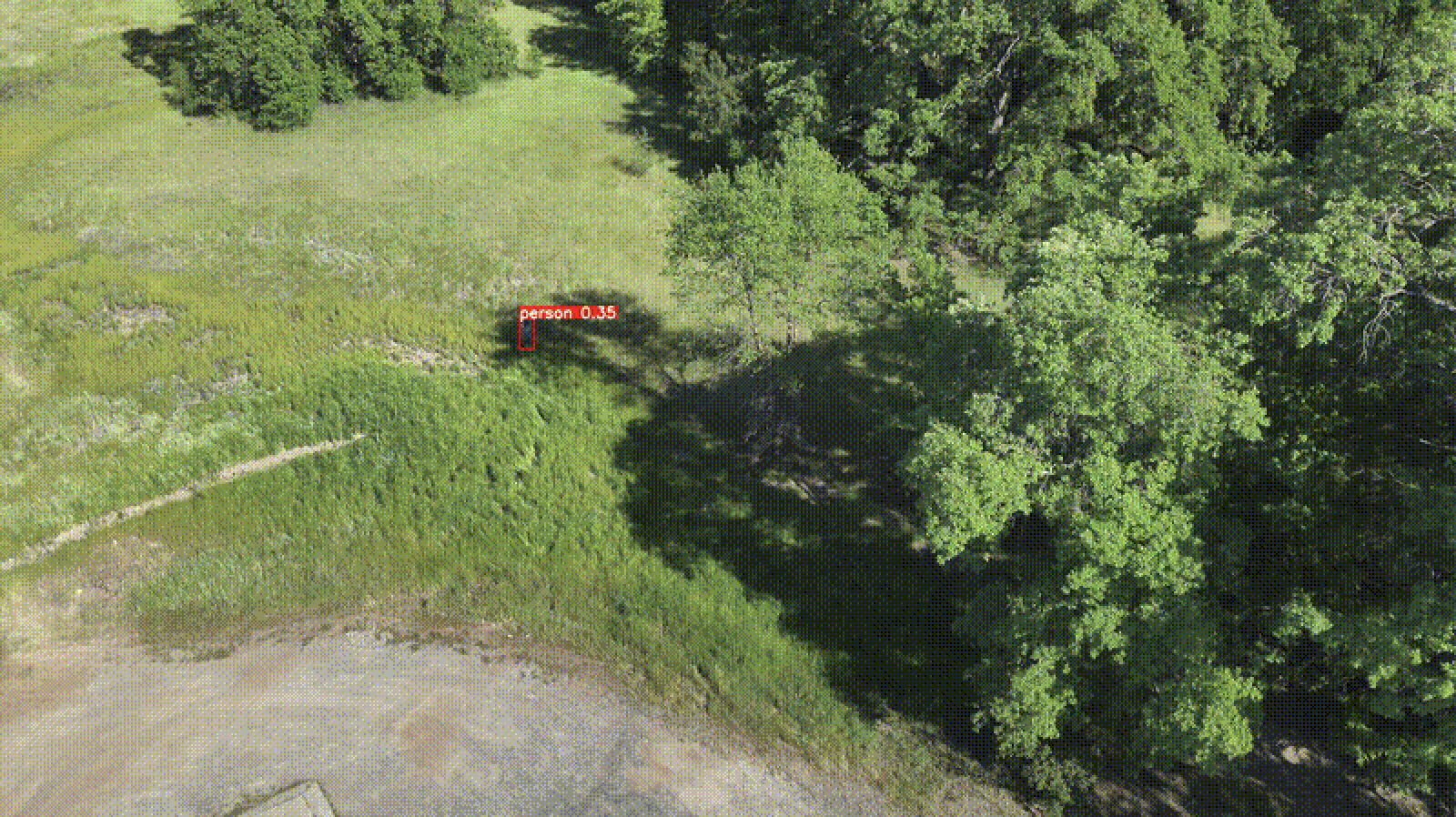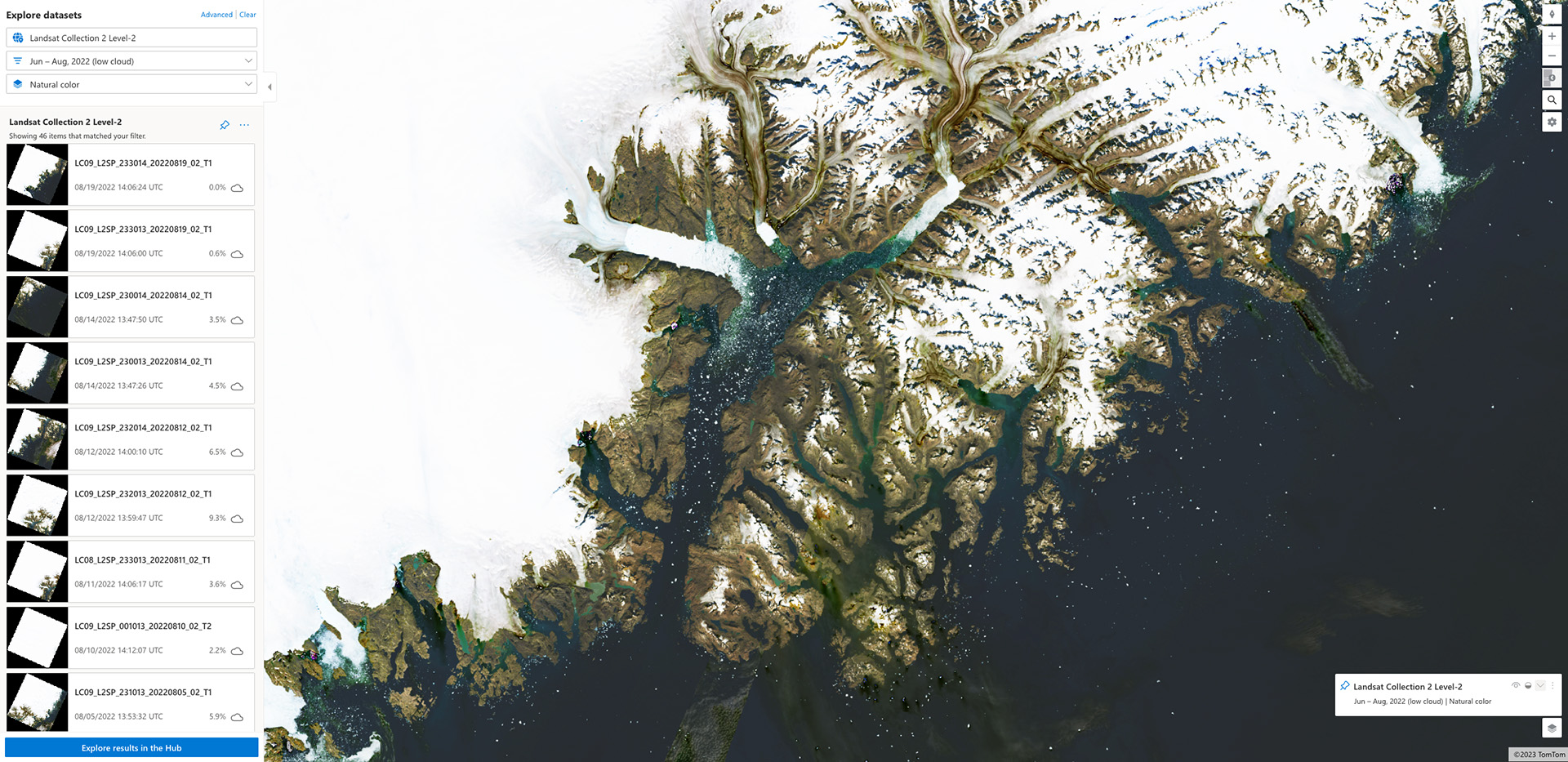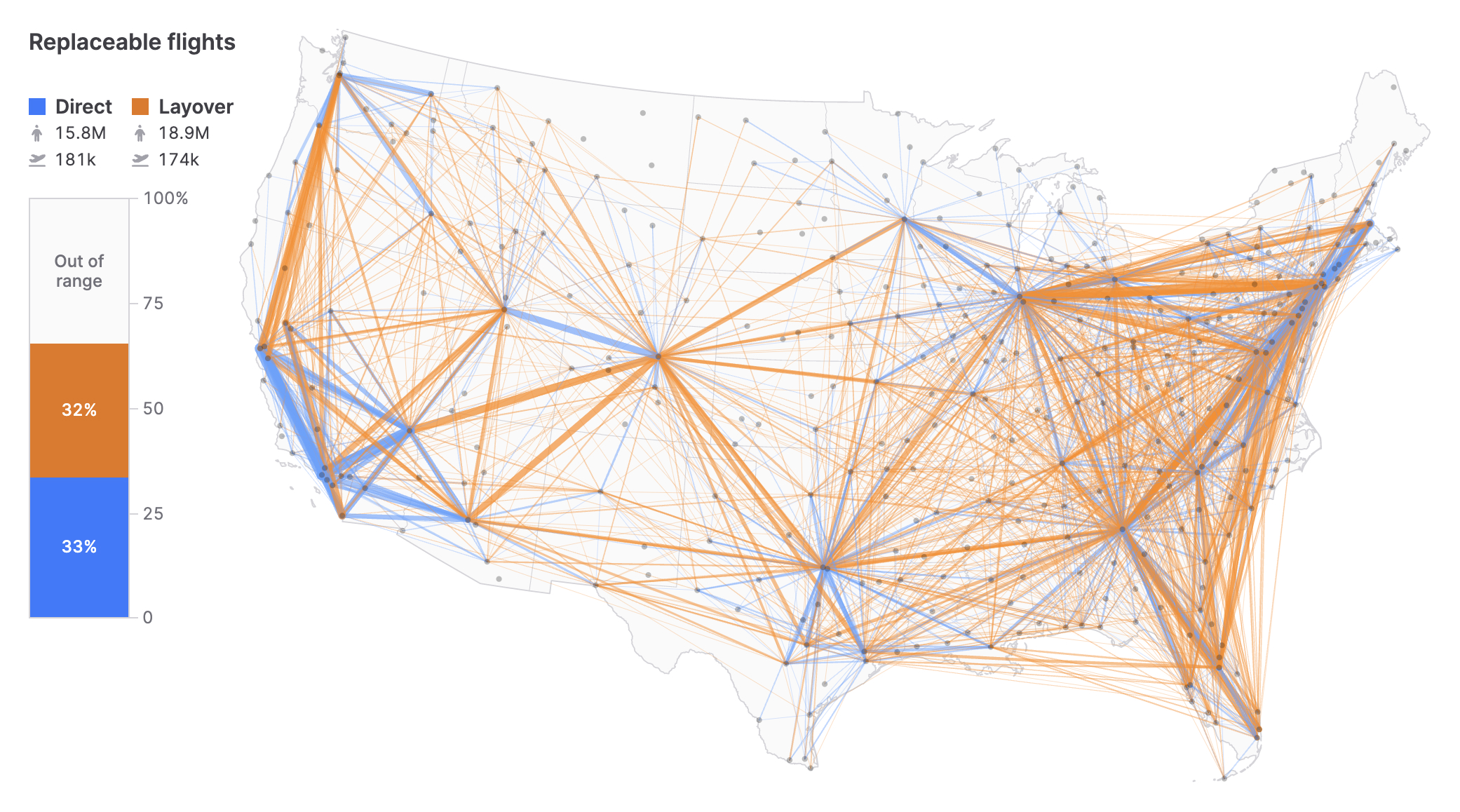All blog posts
<- View categories
-

Introducing Raster Vision v0.21
In this post we highlight the major changes rolled out in the latest update of Raster Vision, our open-source ML library.
-
Introducing Raster Vision v0.21
In this post we highlight the major changes rolled out in the latest update of Raster Vision, our open-source ML library.

-
Edge Processing of Drone Data for Search and Rescue using Open Source Tooling on an AWS Snowcone
Element 84 has developed near real-time edge processing of drone and aerial imagery for human identification that leverages machine learning and AWS Snowcone edge capabilities during austere operations for search and rescue applications.

-
Introducing Earth Search v1: New datasets now available
We outline the latest from Earth Search: an endpoint that hosts a catalog of Sentinel-2 and Landsat data to improve data accessibility.

-
How Microsoft’s Planetary Computer Uses STAC
We show how components of the Planetary Computer are based on both cloud-optimized formats & the STAC spec, and how this work benefits the larger community.

-
Unleashing the Power of Geospatial AI: Elevating our Machine Learning Offerings
We outline recent projects tackling complex challenges through the lens of Machine Learning and discuss how our past experience will shape future work.

-
SpatioTemporal Asset Tasking Sprint #2 Recap
In this blog we recap the latest SpatioTemporal Asset tasking sprint that we hosted with industry leaders to generate new community standards.

-
What electric plane range is needed to electrify US domestic air travel?
To explore the potential for future electric air travel, we consider the potential electric plane ranges needed to accommodate US domestic air travel.

-
STAC: A Retrospective, Part 1
In the first installment of this two-part retrospective, we dive into the history of STAC (SpatioTemporal Asset Catalog) and outline its history.

-
Our next era: Azavea joins Element 84
The geospatial and Earth Observation communities are tight knit. As purpose-driven organizations in this ecosystem, Element 84 and Azavea share many of the same priorities and values in an industry that is often focused on positive societal impact. As of February 16, 2023, this shared focus will manifest through the organizations coming together under the…

